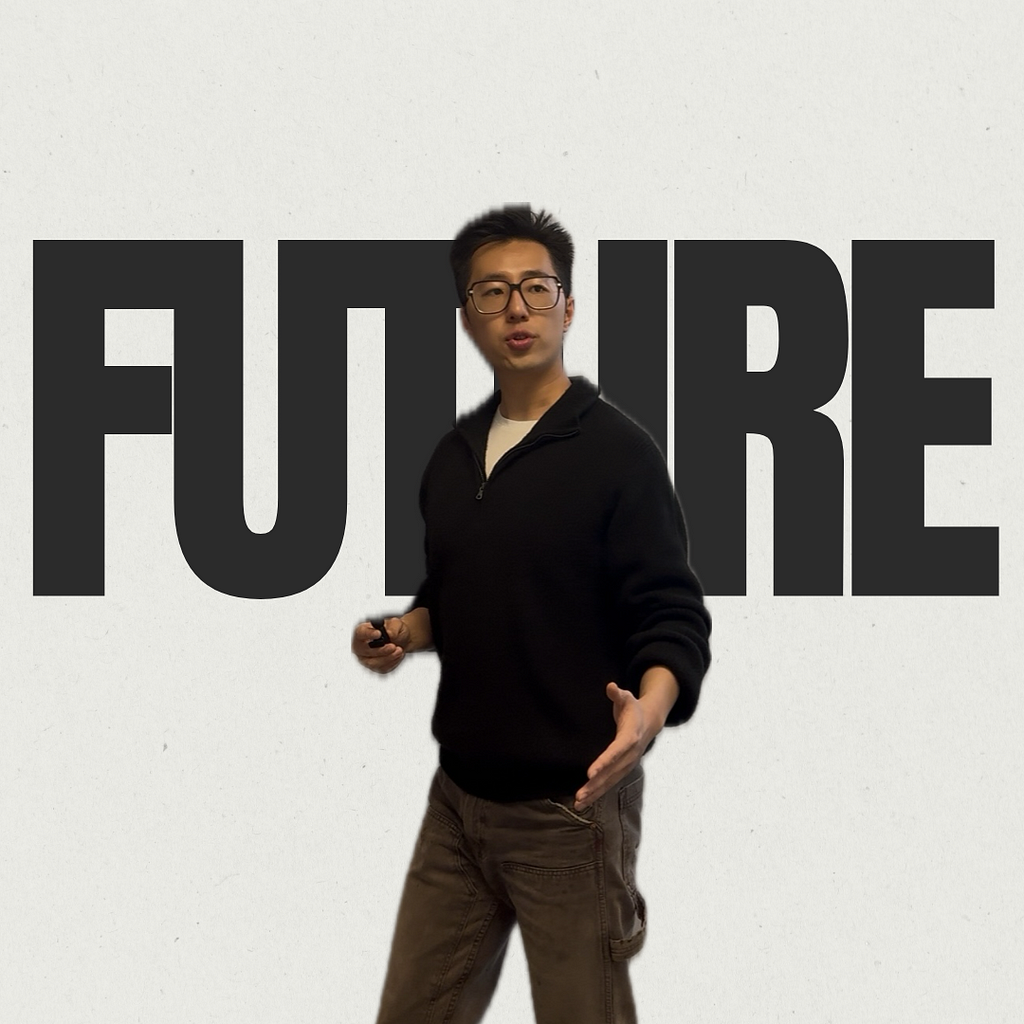Gen Z is the first generation raised inside the internet — not beside it.

They’ve come of age during a time of algorithmic chaos, economic collapse, climate dread, and identity disintegration. They’re deeply online, chronically overstimulated, and painfully self-aware. They’re not just digital natives. They’re emotional refugees in a collapsing system.
And yet, most brands still treat them like a marketing persona.
If you browse the so-called “Gen Z” brand playbook today, you’ll find the same recycled tropes:
- Neon gradients and lowercase Helvetica.
- “Hot mess” humor about burnout.
- Slang-sprinkled captions written like text messages.
But surface doesn’t equal substance.
And performance doesn’t equal resonance.
At LightCube, we’ve spent two years listening — not guessing. We talk to Gen Z users every day. We build with them. We build for them. And we’ve learned something too many founders and CMOs still haven’t:
Gen Z isn’t craving aesthetics. They’re craving architecture.
Below are the three biggest mistakes we see brands make — and how we’re approaching it differently.
01. Mistaking Aesthetic for Identity
Design is not identity.
Memes are not meaning.
Slang is not soul.
Most Gen Z brands try to “look like” the generation, instead of feeling like them.
They confuse ephemeral style with existential signal. They build brands like Tumblr moodboards, but Gen Z is far past curating a vibe. They’re trying to rebuild their sense of self.
This is a generation raised on 7-second dopamine hits and then handed a 40-year career plan. Their outer world moves at algorithmic speed, but their inner world is fractured.
What they need isn’t another pastel brand. They need mirrors.
At LightCube, we don’t ask “What’s trending?” We ask:
- What does loneliness sound like in a group chat?
- What does financial shame feel like at 2 a.m.?
- What language do people use when they think no one’s listening?
We begin not with personas, but with psychological patterns. Not demographics, but data from lived pain.
We design around those emotional truths. And from there, we build the brand; not the other way around.
02. Building Tools in Isolation (When Life Isn’t Modular)
Look at most Gen Z-targeted apps and you’ll find fragmentation:
- One app for job applications.
- One app for tracking spending.
- One app for mindfulness reminders.
But that’s not how stress works.
That’s not how identity works.
That’s not how real life works.
Gen Z doesn’t face isolated problems — they face stacked complexity:
- Anxiety leads to money avoidance.
- Financial stress kills focus.
- Career uncertainty triggers emotional paralysis.
Most brands offer single-point solutions to multi-system breakdowns. That’s like giving someone a toothbrush and ignoring the infection.
Our thesis is simple:
You cannot fix a Gen Z user’s money life if you ignore their emotional baseline.
You cannot unlock ambition if the person behind it is dissociated or lost.
You must build for the whole person — not the surface behavior.
03. Treating Gen Z Like a Niche (Instead of the Canary in the System)
Most companies treat Gen Z like a quirky niche market, like they’re just the “new youth segment.”
But Gen Z isn’t a demo.
They’re a diagnostic tool.
What this generation is feeling — burnout, distrust, fragmentation, financial fear — isn’t unique to them. It’s just showing up in them first.
- If they’re anxious, it’s because the world is unstable.
- If they’re cynical, it’s because they’ve seen the failures of systems firsthand.
- If they’re confused, it’s because the frameworks we gave them were already outdated by age 12.
Gen Z isn’t overreacting. They’re early reacting.
They are not the glitch. They are the signal.
At LightCube, we don’t dismiss their behavior. We decode it.
That’s why we don’t build for “niche use cases.” We build for structural cracks:
- Emotional labor without emotional tools.
- Capitalism without financial literacy.
- Global identity without grounding.
What we design today will scale beyond Gen Z — because what they face now, everyone else will face next.
Final Word
Most Gen Z brands optimize for the algorithm.
We design for the soul behind the scroll.
They chase aesthetics.
We build architecture.
They treat symptoms.
We build systems.
Because in a world drowning in noise, what actually matters isn’t what your product looks like.
It’s what your product rebuilds inside the person using it.
That’s why we created LightCube.
And that’s why we won’t stop until we redefine what a “consumer brand” means for the next century.
Stories by Light Cube on Medium Read More

